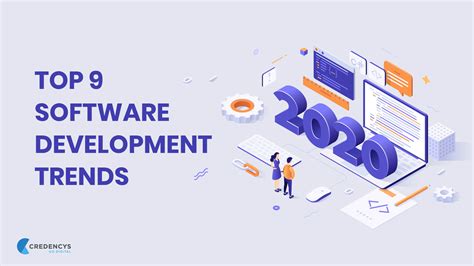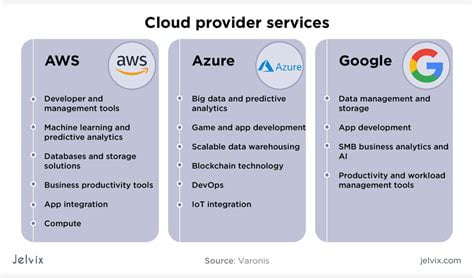Big data and data analytics are two buzzwords that have been thrown around a lot in recent years. While they may sound similar, they are not the same thing. In this article, we’ll explore the differences between big data and data analytics and help you understand which one you need for your business.
Big Data – What it is and How it Works
What is Big Data?
Big data refers to large and complex data sets that are difficult to process and analyze using traditional data processing tools. These data sets come from a variety of sources, including social media, sensors, and other digital devices.
How Does Big Data Work?
Big data is processed using specialized tools and technologies that are designed to handle large volumes of data quickly and efficiently. These tools include Hadoop, Spark, and NoSQL databases. These tools allow businesses to store, process, and analyze large data sets in real-time.
What are the Key Features of Big Data?
The key features of big data include volume, velocity, and variety. Volume refers to the sheer amount of data that is generated and collected. Velocity refers to the speed at which data is generated and collected. Variety refers to the fact that big data comes from a variety of sources and is often unstructured.
What are the Benefits of Big Data?
Big data can help businesses make better decisions by providing them with insights into customer behavior, market trends, and other important factors. It can also help businesses improve their operational efficiency and reduce costs.
What are the Challenges of Big Data?
The main challenges of big data include data security, data quality, and the need for specialized tools and expertise to process and analyze large data sets.
What are Examples of Big Data?
Examples of big data include social media data, sensor data, weather data, and financial data.
Data Analytics – What it is and How it Works
What is Data Analytics?
Data analytics refers to the process of extracting insights and meaning from data. It involves using statistical analysis, machine learning, and other techniques to identify patterns and trends in data.
How Does Data Analytics Work?
Data analytics works by taking raw data and turning it into useful insights. This involves cleaning and preprocessing the data, analyzing it using statistical techniques, and visualizing the results.
What are the Key Features of Data Analytics?
The key features of data analytics include descriptive analytics, predictive analytics, and prescriptive analytics. Descriptive analytics involves summarizing and visualizing data. Predictive analytics involves using statistical models to predict future outcomes. Prescriptive analytics involves recommending actions based on the results of predictive models.
What are the Benefits of Data Analytics?
Data analytics can help businesses make better decisions by providing them with insights into customer behavior, market trends, and other important factors. It can also help businesses improve their operational efficiency and reduce costs.
What are the Challenges of Data Analytics?
The main challenges of data analytics include data quality, the need for specialized tools and expertise, and the need for effective communication of insights to stakeholders.
What are Examples of Data Analytics?
Examples of data analytics include predictive modeling, customer segmentation, and marketing attribution analysis.
FAQ
What is the Difference Between Big Data and Data Analytics?
The main difference between big data and data analytics is that big data refers to the large and complex data sets that need specialized tools to process and analyze, while data analytics refers to the process of extracting insights and meaning from data.
What Tools are Used for Big Data?
Tools that are used for big data include Hadoop, Spark, and NoSQL databases.
What Techniques are Used for Data Analytics?
Techniques that are used for data analytics include statistical analysis, machine learning, and data visualization.
What are the Benefits of Using Big Data and Data Analytics Together?
Using big data and data analytics together can help businesses gain a more complete understanding of their customers and the market. This can lead to better decision-making and improved operational efficiency.
What are the Job Opportunities in Big Data and Data Analytics?
Job opportunities in big data and data analytics include data scientists, data engineers, and business analysts.
How Can Small Businesses Benefit from Big Data and Data Analytics?
Small businesses can benefit from big data and data analytics by gaining insights into customer behavior and market trends. This can help them make better decisions and improve their operational efficiency.
What are the Main Challenges of Implementing Big Data and Data Analytics?
The main challenges of implementing big data and data analytics include data security, data quality, and the need for specialized tools and expertise.
What are the Ethical Considerations of Using Big Data and Data Analytics?
The ethical considerations of using big data and data analytics include data privacy, data bias, and the responsible use of data.
What are the Future Trends in Big Data and Data Analytics?
The future trends in big data and data analytics include the use of artificial intelligence and machine learning, the increasing importance of data privacy, and the continued growth of the field.
Pros
Using big data and data analytics together can help businesses gain a more complete understanding of their customers and the market. This can lead to better decision-making and improved operational efficiency.
Tips
When implementing big data and data analytics, it’s important to have a clear understanding of your business goals and the data you need to achieve them. It’s also important to have the right tools and expertise to process and analyze your data effectively.
Summary
Big data and data analytics are two important concepts that businesses need to understand in order to make better decisions and improve their operational efficiency. While they are not the same thing, they can be used together to gain a more complete understanding of customers and the market.
 Eltupe Technology And Software Updates
Eltupe Technology And Software Updates



